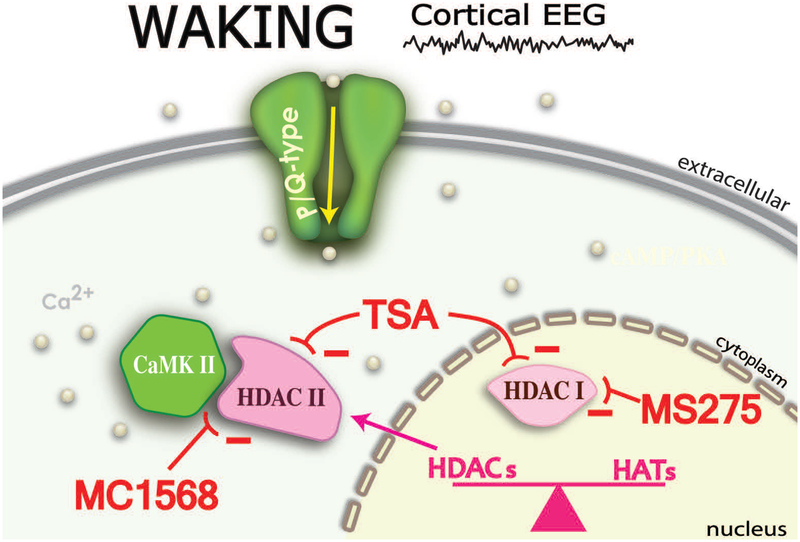Figure 2. P/Q-type channels, CaMKII, and HDAC Class II interactions.
During waking, gamma oscillations mediated by P/Q-type Ca2+ channels lead to Ca2+ entry and interaction with CaMKII. In turn, CaMKII leads to phosphorylation of HDAC Class IIs that have left the nucleus (while HDAC Class Is remain in the nucleus). The complex between CaMKII and HDAC Class IIs is maintained by Ca2+ entry, in the case of P/Q-type channels, specifically during waking. Deacetylation of histones facilitates transcription. MC1568, a HDAC Class IIb inhibitor blocked oscillations, while MS275, a HDAC Class I inhibitor did not affect oscillations89. The minus (−) signs denote inhibition by TSA of HDAC class I and HDAC class II; inhibition of HDAC class I by MS275’ and inhibition of HDAC class II by MC1568.

